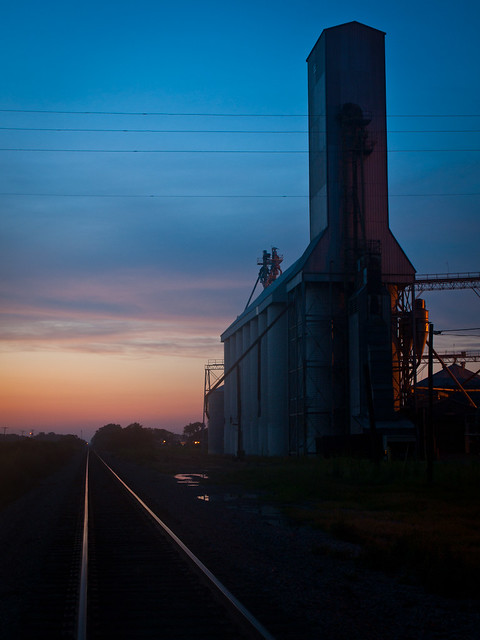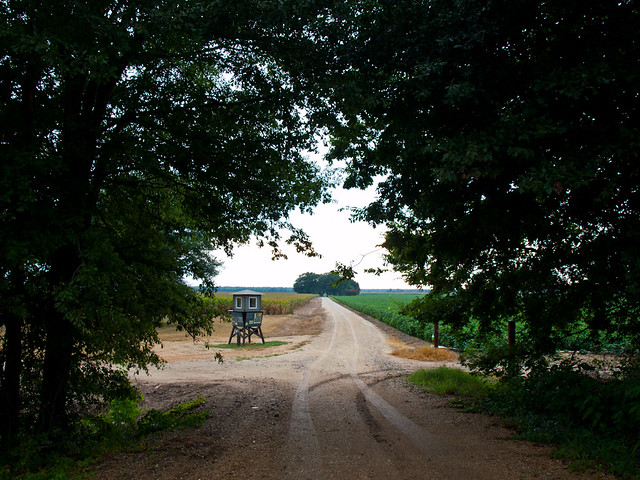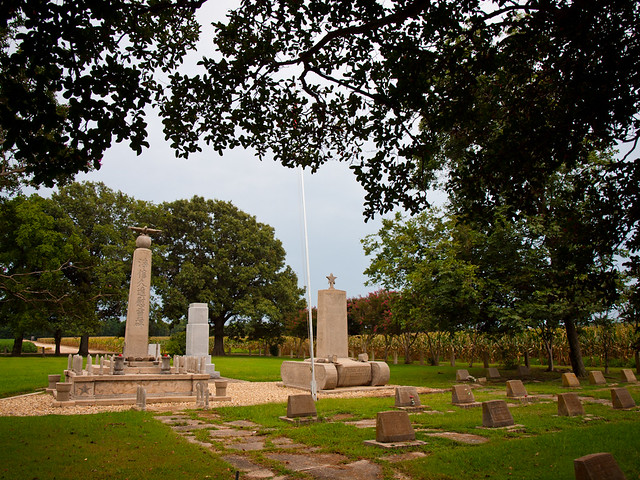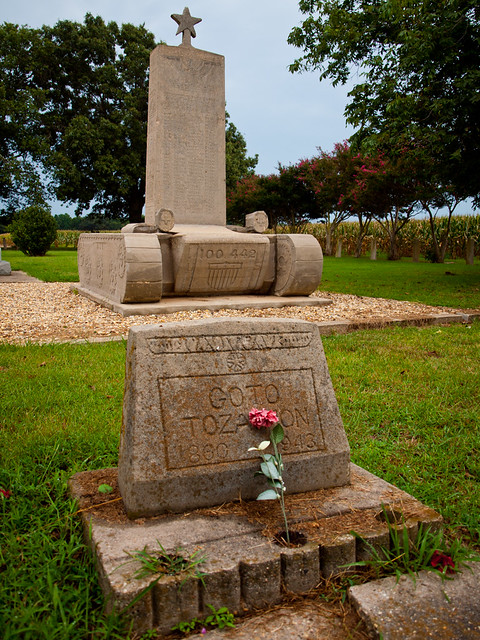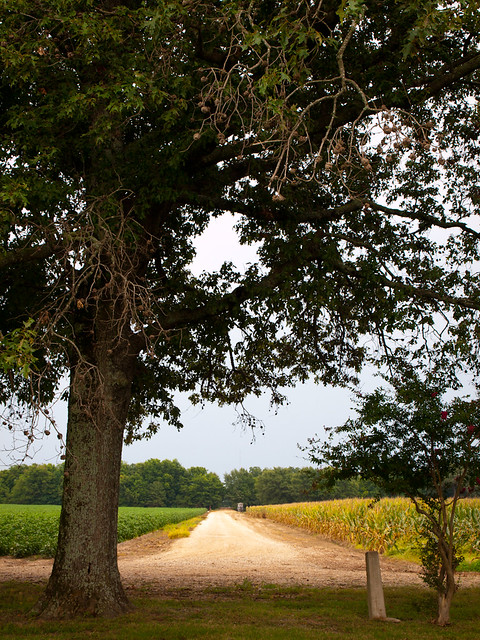I made another drive into the Delta last weekend, traveling southeast on Hwy. 65. Past Pine Bluff, the road passes by miles of farmland and fields, broken up by the occasional small town. One of those was Grady, with a population of just 523. This is the side of the one of the old buildings along Main Street...

Grady is an old town, first established in 1846. There is an old train station, which may date back to the 1880s, sitting off of Main Street.
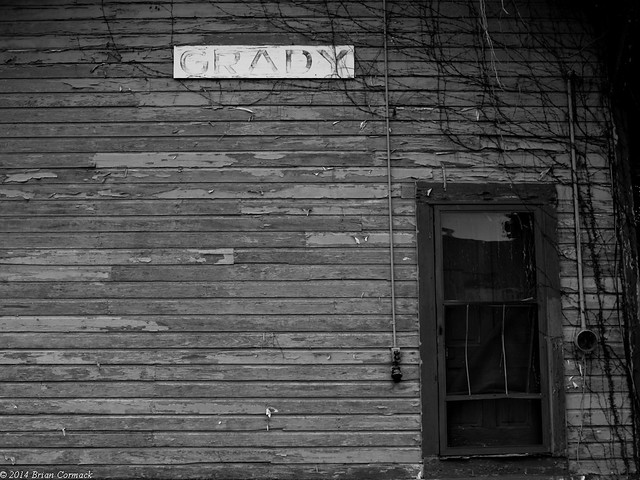
The station was built for the Little Rock, Mississippi River, and Texas Railway, which had a stop here. When Grady ceased being a rail stop, the building became the community library. The city moved into a new library, leaving the station empty. The paint is fading, and peeling off like sheets of paper.
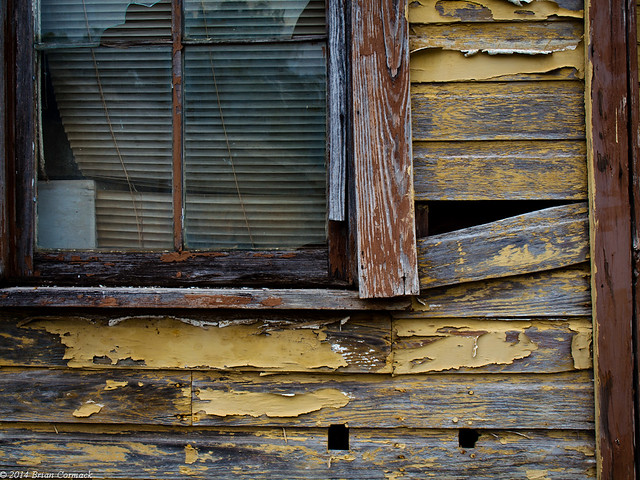
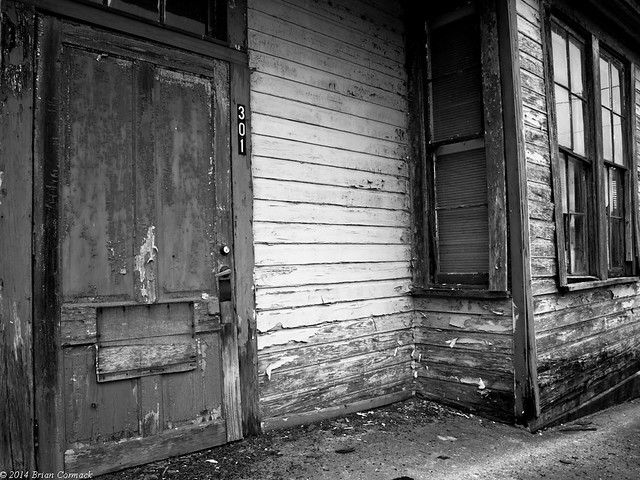


A few miles down the road is the small town of Gould, population 1,305.
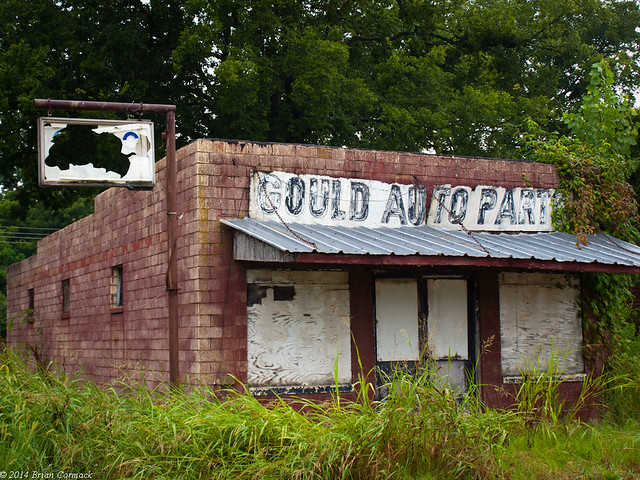
I drove deeper down into the Delta to Dumas, then headed onto Hwy. 1. The road runs along the very edge of the state, near the conjunction of the Arkansas and Mississippi Rivers. My grandmother was born in this area, in the small town of Watson. I drove through Watson, which is slowly fading away like so many other Delta towns. Along Main Street was a stretch of old buildings, which were mostly empty. There was a cafe, which I thought was closed for good but is apparently still open (Bonnie's Cafe). I was there on a Sunday, so it's not surprising it was closed. But I wish I had been there some other time because I see it gets good reviews, and reading them now is making me hungry.
Out front of the cafe were a few old car seats, inviting people to sit and look out onto an old cotton gin across the street.
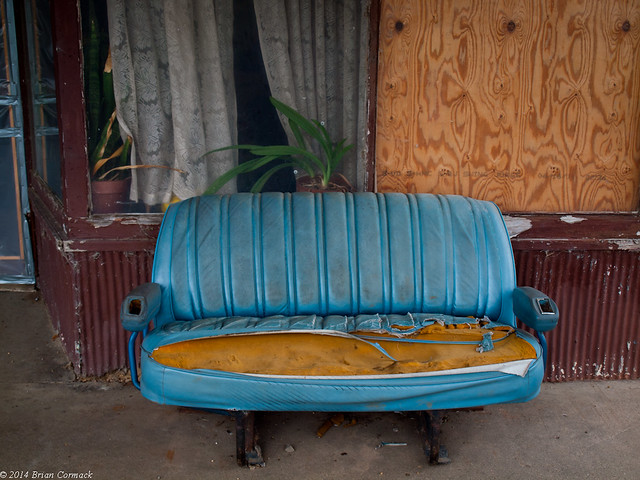
Watson is another old town. Native Americans and settlers have been in this area for centuries, in the 1600s French trappers would camp along a bayou here. The town was first called Watson Station, when the Little Rock, Pine Bluff and New Orleans Railroad put a station there. The town was briefly the Deshea County seat, after floodwater claimed the old county seat in Napoleon (which was right at the confluence of the Arkansas and Mississippi Rivers. There is nothing left of it now).

Watson was the county seat until 1880, when it was then moved to Arkansas City (and then later Dumas).
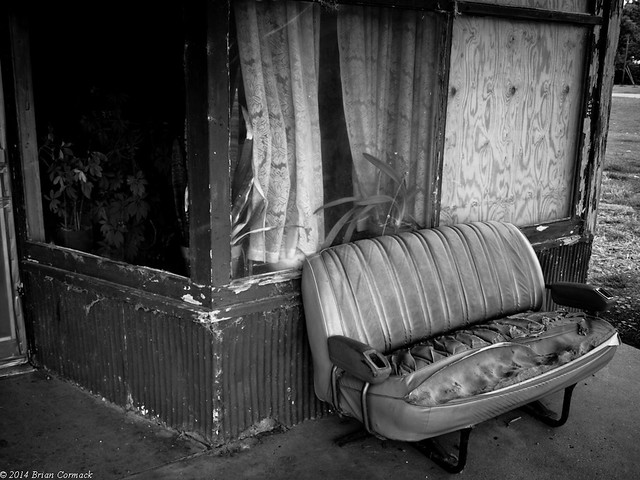
Watson would be dealt a harsh blow by the great flood of 1927. All of the area around Watson was under water for a month. A few years later there was a bad drought, and then the Great Depression. It was during the flood that my Grandmother moved from Watson to North Little Rock. Which was good for me, since that was where she met my Grandfather (while attending classes at North Little Rock High School).

From Watson, I drove south towards another spot that has a lot of history...

